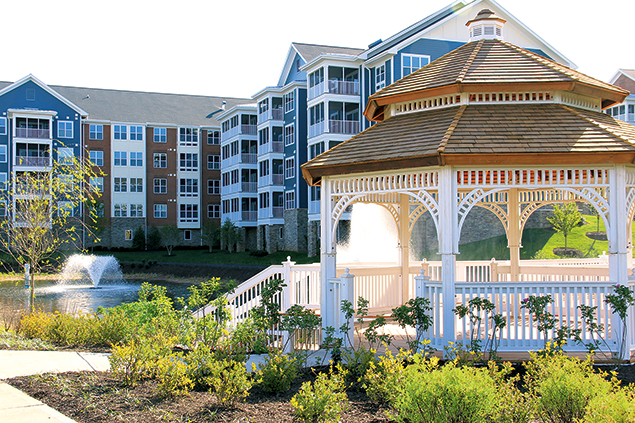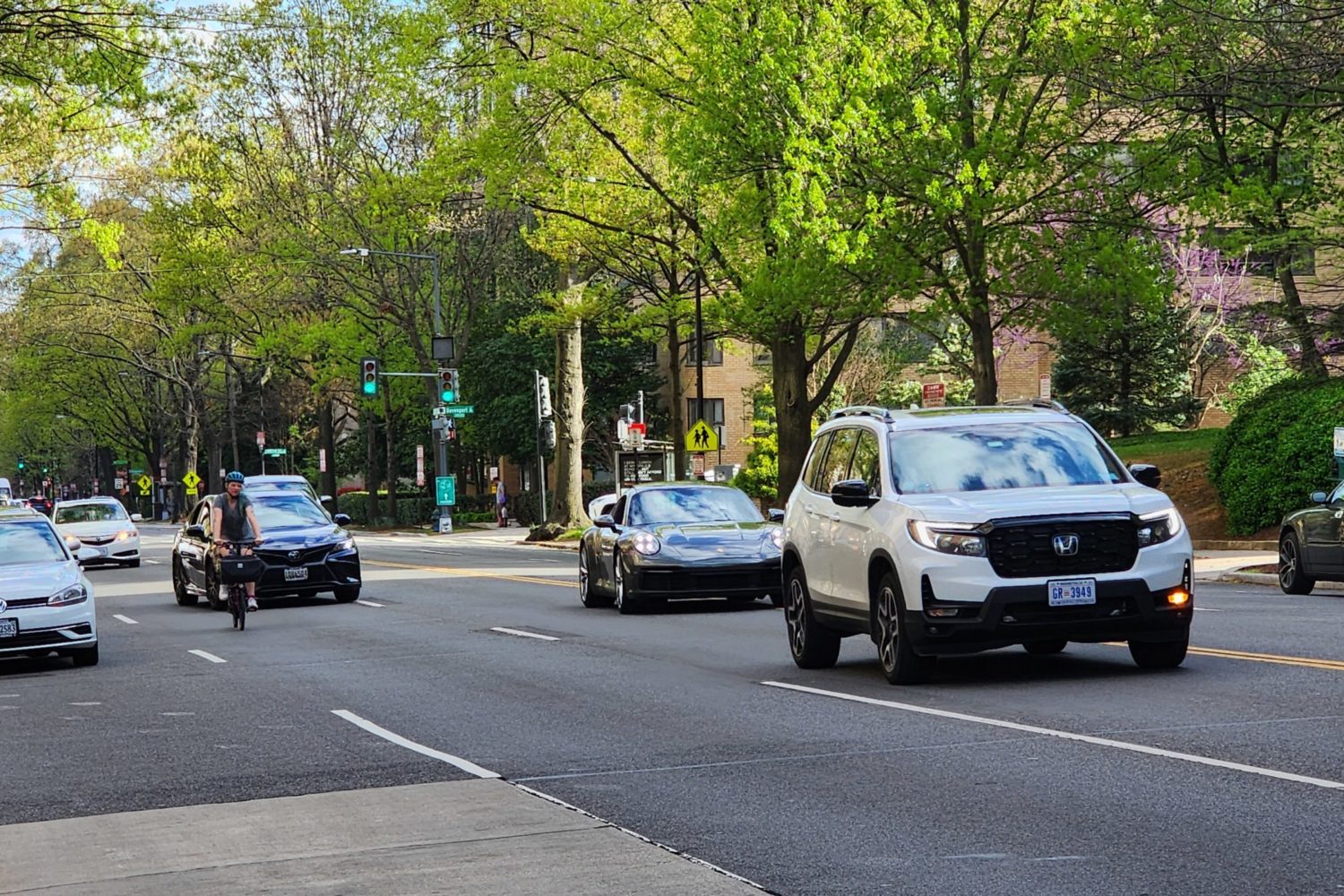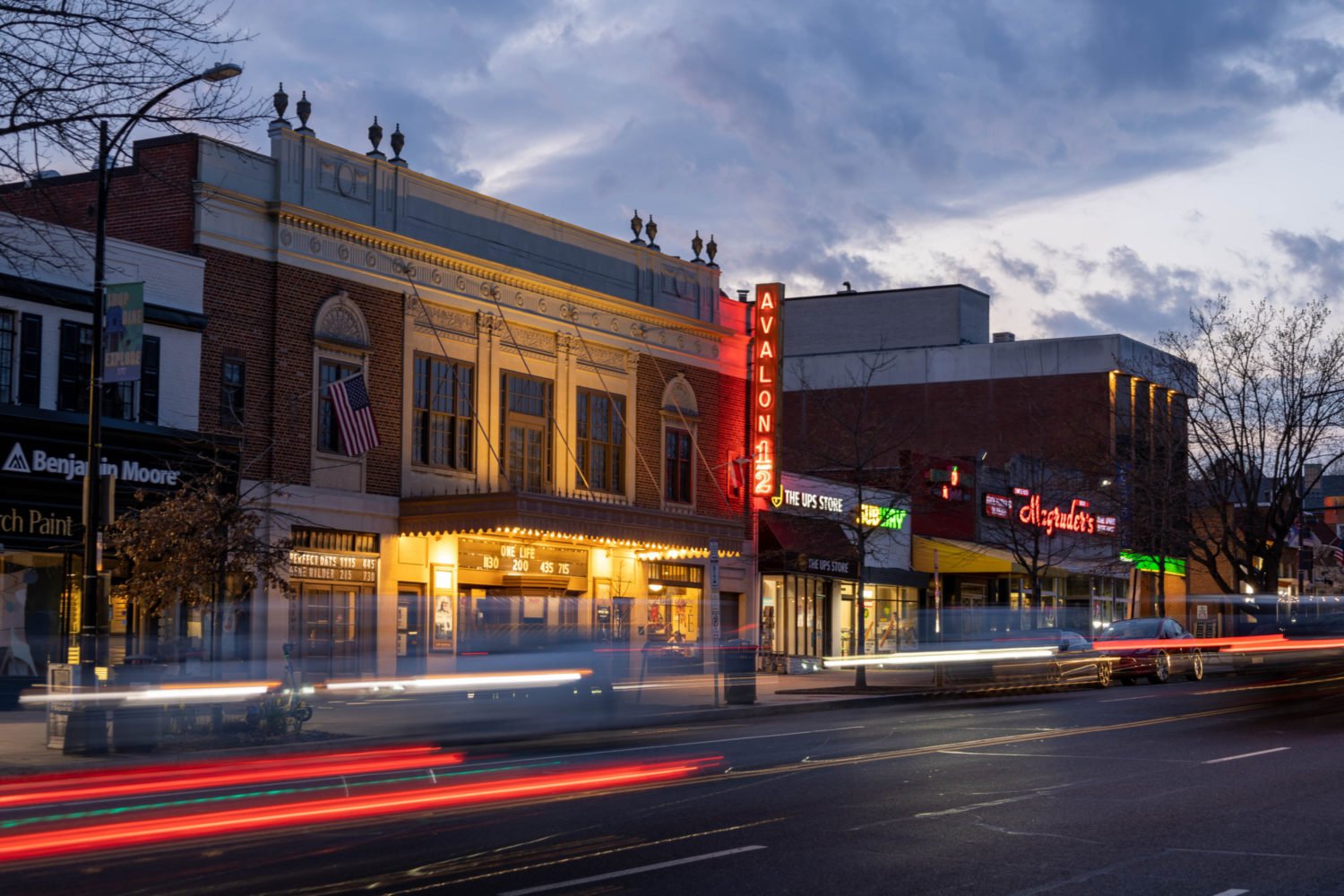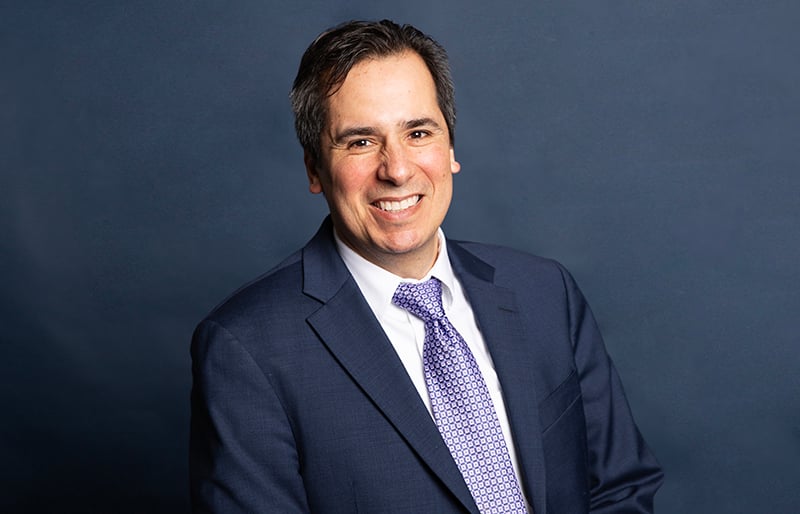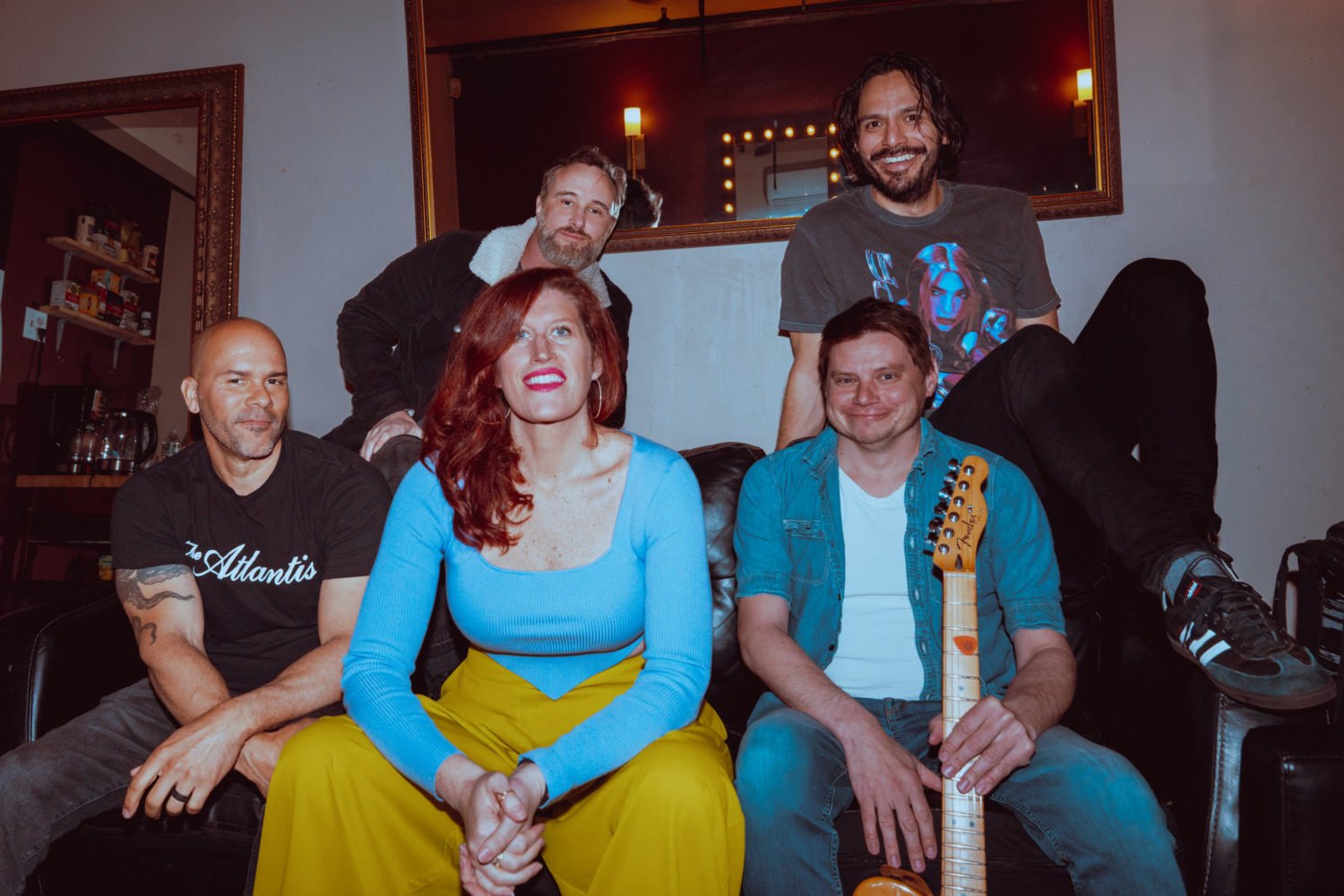At Ashby Ponds, private salons offer manicures, haircuts, and massages. Kitchens feature granite countertops and stainless-steel appliances. A white-tablecloth restaurant serves such dishes as a salad of edamame, feta, and almonds and tilapia with red-pepper coulis. The full-time interior designer helps residents with layout and decor, and the saltwater swimming pool is gentle on the skin.
Ashby Ponds isn’t a luxury resort on the Eastern Shore or a high-end condo building in Georgetown. It’s a retirement community in Ashburn. Ann Bartholomew, a resident with her husband, Greg Johnson, since 2012, jokingly calls it a “land-based cruise ship.”
Two years ago, residents orchestrated a flash mob at Dulles Town Center, and every summer they hold a weeklong competition with events that might sound more like a college field day than a senior Olympics: cornhole, a walking relay race, a Frisbee toss.
“This is an active place,” says 80-year-old Frank Maccini, who has lived there since 2008. He works out three days a week for an hour or so on a program of cardio and weight training that the community’s wellness coordinator designed for him. “I’ve got to stay young,” Maccini says.
• • •
This year, the youngest baby boomers will turn 50, and 8,000 boomers are turning 65 every day. In response, experts anticipate that the senior-housing industry is on the verge of a dramatic transformation.
“I was born smack-dab in the middle of the baby boom,” says Andrew Carle, founding director of George Mason University’s program in senior-housing administration. Carle says baby boomers have revolutionized virtually every product and service in the American marketplace. “We’re the reason there are a hundred flavors of baby food. As we get old enough to retire and go into senior housing, do you think we’re suddenly going to settle for one flavor [of anything]?”
This demographic’s influence stems from sheer numbers—there are 78 million boomers—and its diverse preferences. While these adults will eventually require the same medical care and services as generations before them, Carle says they’re going to expect more and better options in housing and amenities in the meantime.
“There is growing resistance to anything that looks like, smells like, or smacks of an institution,” says John McIlwain, a senior resident fellow at the Urban Land Institute. As a result, boomers are finding new ways to age in place, creating new communities based on their interests, and even invading college campuses.
Those who choose to move to a retirement community are also finding something different. “The industry is looking at ways to deinstitutionalize the experience of being in these homes,” McIlwain says.
At Ashby Ponds, a bar featuring craft beers is being planned—current residents might still prefer Budweiser, but future residents could want to see Dogfish Head IPA on tap. The community is also adding a new restaurant and a 250-seat theater for performing arts and films.
“What we have done in the past may have been very successful,” says David Gallagher, executive director of the community. “But what we need to do in the future might be something completely different.”
• • •
An increasingly popular trend is to avoid institutional living altogether—or at least delay it as long as possible. That’s the mission of Capitol Hill Village, which was the first “virtual village” in the Washington area when it started in 2007. Its 300-plus volunteers serve 265 member households in the neighborhood—most of whose residents are in their sixties and seventies—by connecting them with services from plumbing to gardening to health care and by organizing social functions such as an annual gala, a book club, and fitness classes. About a dozen such villages exist around Washington.
McIlwain says part of the reason this trend has grown in the area—and in other cities and town centers—is because seniors want to be close to public transportation, restaurants, and recreational opportunities: “Where else do you have one of the finest selections of art and artifacts in the world and lots of free music, free museums? Washington is a pretty fascinating place for a retired person to live.”
Another way seniors are avoiding institutional living is through cohousing, a modern take on communal living. Members usually maintain private residences but share certain recreational or dining spaces and make collective decisions about community rules and development. Cohousing can cater exclusively to retirees or, as baby boomers seem to prefer, an intergenerational crowd.
That’s the case at Takoma Village Cohousing, a community of 43 townhouses and apartments around a common green in DC’s Takoma. Residents range in age from one to 85-plus. Downsizing seniors say such cohousing provides a nice balance: You have a private home but also a built-in social network.
“Affinity communities,” which have yet to make it to Washington, are another innovation. They cater to people with common interests or backgrounds. One in Fremont, California, is geared toward Chinese-American seniors with its bilingual staff, feng shui design, and traditional cuisine.
Others are aimed at the gay and lesbian community. “There should be an LGBT assisted-living community in every major metropolitan area, and I think there will be,” says Carle, who focuses much of his research on these niche communities. “Not every LGBT person wants to live in an LGBT community, but enough do.”
• • •
Retirement communities with university affiliations are also becoming more common. “Baby boomers want active, intellectually stimulating, and intergenerational retirement environments,” Carle says. A college setting meets all of those criteria.
The closest such community to DC is the Village at Penn State, in State College, Pennsylvania, where residents live just off campus and can attend university classes for free, use student athletic facilities, and get priority access to cultural opportunities.
The University of Maryland doesn’t have an affiliated retirement community, but it offers in-state seniors the opportunity to take part in campus life through its Golden ID Program. Participants have access to university events and facilities and enroll in courses as full students rather than as auditors.
Jack Warner spent his career as a financial analyst for the Department of Energy. Now he’s studying art theory as a Golden ID participant. One of his textbooks is Visual Shock: A History of Art Controversies in American Culture. “I’ve lived some of these things we’re studying,” Warner says. “And it’s nice to have that aspect to bring to class.”
Nancy Bazar had an academic background in economics and spent much of her career in international communications, but she used the Golden ID Program to complete a master’s in historic preservation. She wrote her thesis about an old house she bought in Fairfield, Pennsylvania, that turned out to be an Underground Railroad site once owned by abolitionist congressman Thaddeus Stevens.
The program at University of Maryland, Bazar says, is “kind of like dream fulfillment.”
• • •
When you look at recent trends in retirement living, you see a common thread: Whether through field day at Ashby Ponds or a literary club organized by Capitol Hill Village, they all provide a sense of community.
Frank Maccini, the fitness fanatic, lost his wife since moving to Ashby Ponds, and he says it helps to have the support of understanding neighbors and staff: “Compassion goes a long way some days.”
As boomers age, they’ll also have to think about finding a solution that incorporates continuing care. Greg Johnson and wife Ann Bartholomew, who live at Ashby Ponds, have two dogs but no children. They’ve watched their own fathers, both of whom are in their nineties, cope with the challenges of aging.
Says Johnson: “We got to the point of looking at each other and looking at the dogs and saying, ‘They’re not going to take care of us. So we’re going to need to plan for ourselves.’ ”
This article appears in the March 2014 issue of Washingtonian.

